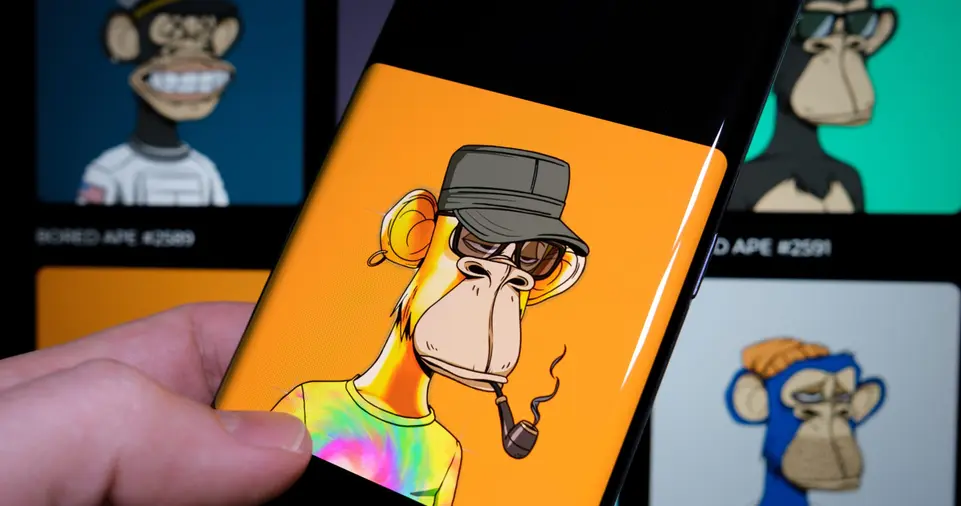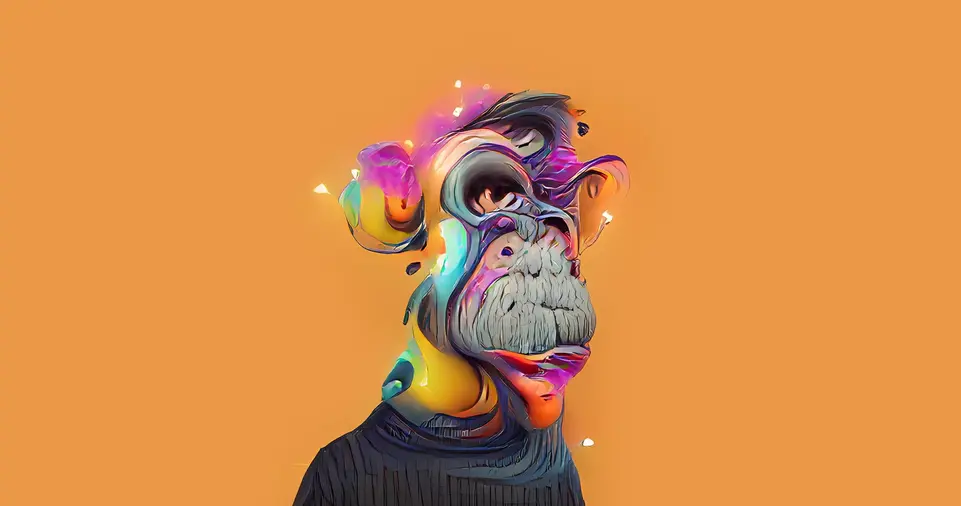Non-Fungible Tokens, have rapidly grown into one of the most talked-about aspects of blockchain technology.
From digital art and music to gaming assets and even real-world objects, NFT represent a new way of thinking about ownership and value in the digital age.
But what exactly are Non-Fungible Tokens, and how can they be used effectively? Whether you’re a beginner or someone looking to dive deeper, this guide will walk you through everything you need to know about NFTs, their purpose, and how to use them.
In this article, we’ll explore what makes Non-Fungible Tokens unique, why they’ve become valuable, and the practical steps to get started with them.
You’ll also discover their diverse applications, from enhancing creativity to offering real-world solutions, and the risks associated with investing in or creating NFTs.
With blockchain technology at its core, NFT are reshaping industries and sparking debates about digital ownership, making them a subject worth exploring.
What Are NFTs and Why Are They Important?
Understanding the Basics
NFTs are digital assets that are unique and cannot be replaced or exchanged on a one-to-one basis, unlike cryptocurrencies such as Bitcoin or Ethereum.
Think of (Non-Fungible Tokens) as digital certificates of ownership stored on a blockchain.
Each NFT has a unique identifier that distinguishes it from others, making it impossible to forge or duplicate.
The blockchain acts as a public ledger, ensuring transparency and security. This means that when you own an NFT, your ownership is verifiable and cannot be altered by anyone else.
Most are built on the Ethereum blockchain, but other platforms like Binance Smart Chain and Solana are also widely used.
Why Are Valuable
Derive their value from several factors:
- Scarcity: Creators often issue in limited quantities, making them exclusive.
- Authenticity: Blockchain technology ensures that each NFT is original, providing a clear ownership history.
- Utility: Some offer more than just ownership. For example, they may provide access to virtual events, games, or exclusive content.
- Community Engagement: Many NFT projects build strong online communities, adding social value to ownership.
How to Get Started
Step 1: Set Up a Digital Wallet
A digital wallet is essential for storing your (Non-Fungible Tokens) and the cryptocurrency used to buy them.
Popular options include:
- MetaMask: A browser-based wallet compatible with most NFT platforms.
- Trust Wallet: Known for its user-friendly mobile interface.
- Coinbase Wallet: Offers seamless integration with the Coinbase exchange.
Ensure your wallet supports the blockchain network you plan to use, such as Ethereum or Solana.
Step 2: Purchase Cryptocurrency
NFTs are typically bought with cryptocurrencies, most commonly Ethereum (ETH).
Here’s how you can get started:
- Create an account on a cryptocurrency exchange like Coinbase, Binance, or Kraken.
- Verify your identity and link a payment method.
- Buy the required cryptocurrency and transfer it to your digital wallet.
Step 3: Choose an NFT Marketplace
Marketplaces are where you can buy, sell, or trade NFTs.
Each platform has its focus and features:
- OpenSea: The largest NFT marketplace, offering a variety of digital assets.
- Rarible: A decentralized marketplace emphasizing community involvement.
- Foundation: Ideal for collectors and artists, with a focus on curated content.
- NBA Top Shot: Specializes in sports collectibles, particularly basketball highlights.
Browse these platforms to explore available NFTs and find ones that suit your interests.
Step 4: Buy Your First NFT
To purchase an NFT, follow these steps:
- Connect your wallet to the marketplace.
- Browse through the collections and choose an NFT.
- Place a bid in an auction or buy it at a fixed price.
- Confirm the transaction, and the NFT will be transferred to your wallet.
ALSO READ: How to Use Blockchain to Improve Supply Chain Management
Applications of NFTs Across Different Sectors

Digital Art and Collectibles
NFTs have revolutionized the art world by allowing artists to monetize their work directly without intermediaries.
Buyers can own unique digital artworks, often with built-in royalties that reward creators whenever the NFT is resold.
Gaming
In-game assets like characters, skins, and weapons can be turned into NFTs, giving players true ownership.
These assets can often be traded or sold, creating a new economy within the gaming industry.
Music and Videos
Musicians and filmmakers use NFTs to release exclusive albums, tracks, or clips. These NFTs can include perks like backstage passes or limited-edition merchandise.
Virtual Real Estate
Platforms like Decentraland and The Sandbox allow users to buy, sell, and develop virtual land parcels as NFTs. This has opened up new possibilities for virtual events and experiences.
Real-World Assets
NFTs are being used to represent ownership of physical items like property, luxury goods, and more. By tokenizing these assets, transactions become faster and more transparent.
Creating and Selling NFTs
Step 1: Minting Your NFT
To create an NFT, you need to mint it on a blockchain platform.
This involves uploading your digital file (e.g., artwork, music) and creating a smart contract to govern its properties.
Popular minting platforms include OpenSea, Rarible, and Mintable.
Step 2: Setting Royalties
Creators can set royalty percentages to earn a share of secondary sales. This ensures ongoing revenue as the NFT changes hands.
Step 3: Listing on a Marketplace
After minting, list your NFT for sale. Set a fixed price or auction it to the highest bidder.
Promote your NFT on social media and within relevant communities to attract buyers.
Risks and Challenges in NFTs

Market Volatility
The value of NFTs can fluctuate wildly based on market trends, making them a risky investment.
Scams and Fraud
Fake NFTs and phishing scams are prevalent. Always verify the authenticity of a marketplace and the NFT before making a purchase.
Environmental Concerns
Blockchain networks like Ethereum consume significant energy, raising concerns about their environmental impact. However, newer blockchains and upgrades aim to address this issue.
Legal and Regulatory Uncertainty
The legal framework around NFTs is still evolving. Ownership rights, copyright issues, and taxation are some areas that require clarity.
The Future of NFTs
NFTs are more than just a trend; they are shaping the future of digital ownership and commerce.
With advancements in blockchain technology and wider adoption, NFTs could find applications in industries like healthcare, education, and supply chain management.
However, for the NFT ecosystem to grow sustainably, challenges like high transaction fees and environmental impact must be addressed.
As a user, staying informed and cautious is key to maximizing opportunities while minimizing risks.
Final Thoughts
Understanding and using NFTs involves a blend of technological know-how and practical experience.
From setting up a wallet and buying cryptocurrency to exploring marketplaces and creating your own NFTs, the journey is both exciting and educational.
With their potential to transform industries and redefine ownership, NFTs are an innovation worth exploring, whether you’re an investor, creator, or enthusiast.
If you’re ready to dive in, start small, do thorough research, and engage with the vibrant communities that drive this digital revolution. The world of NFTs awaits!











